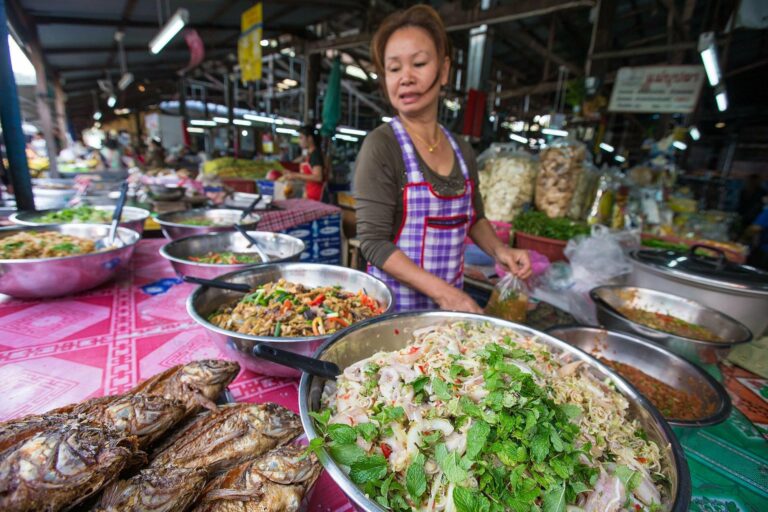Introduction to Rwandan cuisine
Rwandan cuisine is a fusion of traditional African dishes with a French and Belgian influence. The cuisine of Rwanda is known for its simplicity and use of local ingredients. Rwandan cuisine is centered around the staple food crops, which include beans, cassava, and sweet potatoes, which are commonly found in most dishes.
Staple foods and ingredients
Beans, cassava, and sweet potatoes are the staple foods in Rwanda. The beans are served boiled, smashed, or stewed and are commonly eaten with banana or plantain. Cassava is a root vegetable that is boiled, mashed, or baked, and is often served with beans. Sweet potatoes are prepared in various ways including roasting, boiling, and frying. Other popular ingredients that are used in Rwandan cuisine include meat, fish, and vegetables such as spinach, onion, and tomatoes.
Ubiquitous dishes of Rwanda
Igiteri is a dish made from beans that are stewed with onions, tomatoes, and spices. Another popular dish is Isombe, which is a combination of mashed cassava leaves with aubergine, onions, and garlic. The dish is served with beans and is often eaten with ugali, a type of maize flour dumpling. Other ubiquitous dishes in Rwandan cuisine include Umutsima, a dish made from cassava and maize flour, and Isambaza, a type of small fish that is fried and served with vegetables.
Popular Rwandan snacks and street foods
A popular street food in Rwanda is the Chapati, which is a type of flatbread made from wheat flour, water, and oil. Another popular snack is the Mandazi, which is a sweet, fried doughnut. Other popular snacks include boiled sweet potatoes, roasted corn, and grilled meat skewers.
Drinks and desserts in Rwandan cuisine
Icyayi is a popular beverage in Rwanda, which is a type of sweet, spiced tea. Another popular drink is the Ikigage, which is a type of homemade beer made from sorghum. For dessert, Rwandan cuisine is known for its use of fruits, such as bananas and pineapples, which are often used to make a sweet pudding or cake.
Influences on Rwandan culinary culture
Rwandan cuisine has been influenced by the culinary traditions of neighboring countries such as Uganda, Tanzania, and the Congo. The French and Belgian colonialists also had an impact on Rwandan cuisine, introducing new ingredients and cooking techniques. Additionally, Rwandan cuisine has been influenced by the country’s agricultural practices and the availability of locally grown ingredients.

